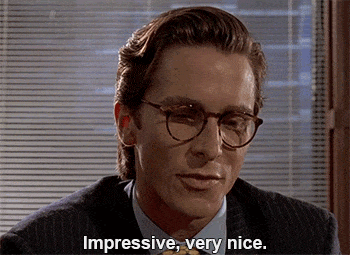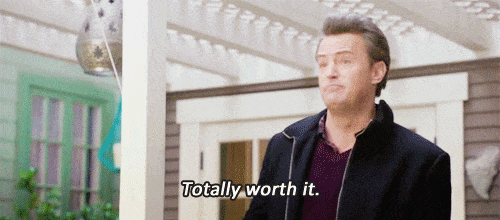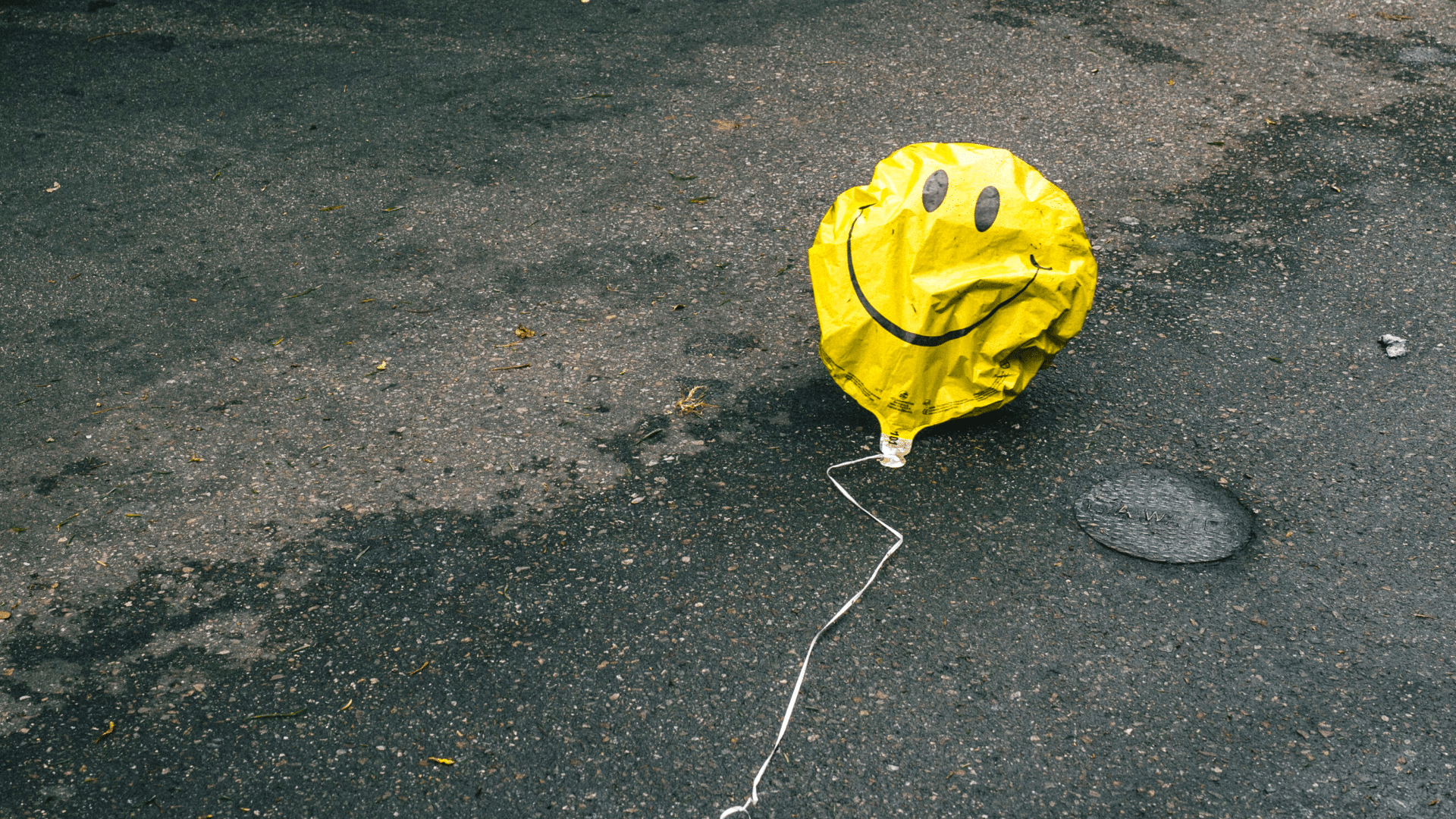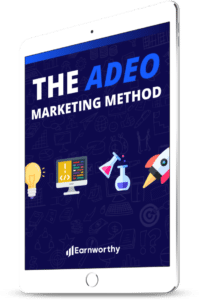Landing pages are great. Everyone wants to have tons of them, for all of their different offerings, but just putting up a bunch of pages won’t necessarily get you more sales.
You see, just like everything else in marketing, there’s a science behind building landing pages that convert. Well, I should say it’s an art and a science (and a little dash of luck).
So, if you’re serious about your landing pages, and you want to make sure they have the best shot of turning your visitors into leads and customers, then pay attention to these five important points below.
If you’re guilty of any of these things, you’re most likely hurting your conversion rate. But then again, don’t take my word for it. Rather than updating your existing landing pages to incorporate these tips below (if you haven’t done so already), try to do some A/B testing. That way you’ll be able to see just what works and what doesn’t work for your specific brand.
Okay, enough babbling. Let’s get to the good stuff. Here are five reasons why your landing pages might be sucking the life out of your conversion rates, while skyrocketing your bounce rates:
1. Too much information
The first rule of landing page design will sound familiar: Keep It Simple, Silly. Yeah, we’re talking about the KISS method.
You don’t want to be the one writing a novel on your landing page. People just don’t have time to read a ton of info these days. The old-fashioned mile-long landing pages that worked so well five years ago aren’t converting like the used to (they may still work for some niches, but not many).

So, only convey the information you absolutely need to. And anything that can be conveyed in a more dynamic way, by all means, go for it! Yes, that includes video, infographics, even GIFs. If you can get your story across with these other types of media (and it won’t significantly hurt your load times or usability), give it a shot.
But regardless of the format of your message, your message itself needs to be concise. This is where it pays to learn some copywriting best practices. Check out The Adweek Copywriting Handbook by Joseph Sugarman as a starting point. This is one of the best books on the market regarding copywriting tactics and strategies.
Once you’ve read that great book, go take a chainsaw to your copy. Reduce, reduce, reduce! Seriously, less is more when it comes to landing page copy. Got it?
2. Horrible usability (especially on mobile)
Usability is such an important factor in landing page design. But we often overlook it, because it’s sort of abstract. We can’t really see usability when we’re designing the page, in the same way we could see the amount of copy or the CTAs. Therefore, we have to rely on testing in order to see where our usability issues are.
A great site to get this type of testing done is UserTesting.com. Check them out. They even offer a free five-minute usability test video to new customers.
What you should be asking about and looking for are things like:
- Where are users clicking?
- What’s the first thing a user notices when landing on the page?
- Does the call-to-action stand out?
- Are there issues with forms, buttons, links, video play buttons, etc?
- How far down the page does a user scroll?
- What’s the experience like on desktop vs. mobile?
These questions just scratch the surface of what you should be looking to get out of a usability test. For more on the topic, I’ll recommend another great book. It’s called Don’t Make Me think, Revisited by Steve Krug. This book will teach you everything you need to know about usability on the web and on mobile.
And yeah, mobile is a pretty big deal. You better put in twice the effort to make sure your mobile user experience rocks, because that’s just where more and more traffic is coming from.
Additionally, perfecting a mobile user experience is more difficult than desktop, because we have a much smaller canvas to work with. Make every pixel count!
3. Limited relevance between source and page
This might sound a little confusing, but in reality, it’s quite simple. Your landing page needs to get traffic from somewhere, right? So the places it gets traffic from is called the source. The source could be a Facebook ad campaign, a traditional Google Adwords campaign, an email marketing campaign, a link in a slide deck presentation, a tweet, or wherever. You get the idea.
So, whatever it is that people are clicking on to get to your landing page better be very relevant to your landing page, and vice versa. That means, the ad copy in your Facebook ad should match some of the copy found on your landing page.
Basically, you want people to feel like everything is tied together. If you’re advertising “awesome kitten cupcakes with blue sprinkles” in your ad copy, then you should use that same phrase on your landing page, preferably above the fold.
One of the main reasons people bounce off of landing pages is that they don’t see the connection between whatever they clicked on to get there and what’s on the page. The page basically failed to deliver on the promise that was made in the source copy. Don’t be that guy.
4. Not trustworthy or credible
Landing pages need to look really, really nice these days. It pays to invest in the right tools to make your pages shine.
My absolute favorite landing page builder is Instapage. I can build a sharp page from scratch in 30 minutes, or use one of their awesome templates and customize it from there.

Because of tools such as Instapage, you’re no longer held hostage by web designers when you need to get landing pages up and running quickly. Take the time to learn how to use one of these do-it-yourself tools, and you’ll thank me later.
5. Too many choices
Are you asking your visitors to sign up for your newsletter, download your free ebook, like your Facebook page, follow you on Twitter, read your “about” page, and contact you with questions all at the same time?
Believe me, I’ve seen plenty of pages with this many different choices thrown at the poor visitor. How will Sally Shopper ever make a decision to buy something or fill out a form if she is constantly distracted by seven different (and less important) opportunities to click away? Don’t give too many choices to your visitors.
And this is really where landing pages differ from regular plain vanilla web pages. Landing pages should have one specific call-to-action (CTA). Yes, one. That’s it. ONE! Not three. Not five.
And on the topic of CTAs…
6. Weak call-to-action
Just because you’ve whittled your page down to have only one call-to-action, you’re not out of the woods yet. You need to make certain that your CTA is not too hot, not too cold, but juuuuust right. Got it, Goldilocks?
By call-to-action, I mean the main request or direction on your landing page, asking your visitor to do something. The specific wording you use matters.
However, keep in mind, many times you won’t know which call-to-action works best without testing multiple variations. That’s where A/B testing comes in yet again. So be sure to test your CTAs and run with what works!
7. Too much asking, not enough giving
Lastly, you should strive to build value into your landing pages. Try to provide something of value to your visitors, rather than just asking for (or taking) something of value right up front (like an email address or credit card).
That’s not to say you shouldn’t try to sell. Of course, that’s what landing pages are all about. Just be tactful in how you position your sales messaging. Try to balance out your page by providing very useful, highly relevant and exclusive information to your audience first and foremost.
That will not only help you build trust and credibility, but it’ll give you a better chance of keeping someone on your page longer so they can read more and ultimately convert into a lead or customer.
Build, test, revise!
Well, that’s all I have for you today. Now, it’s up to you to build your pages, test them, and revise them based off of your findings.
Of course, there will always be exceptions to these rules outlined above, so please don’t look at this as a “one size fits all” approach to landing page optimization. Keep an open mind, test some of these element, use what works, and throw out the rest.
Landing pages are never really finished. There’s always something else you can test or improve. But the time you invest in these small changes is totally worth the effort.

And if you have any questions along the way, feel free to ask away in the comments section below or on Twitter. If I have time, I’d be happy to take a quick glance at your landing pages and offer some feedback.
Oh, and do me a favor and share this article with your friends if you got any value at all out of it, will ya? Thanks a bunch and happy building!






